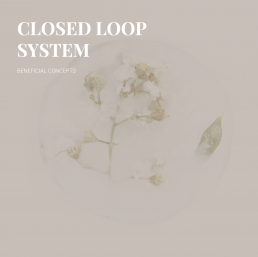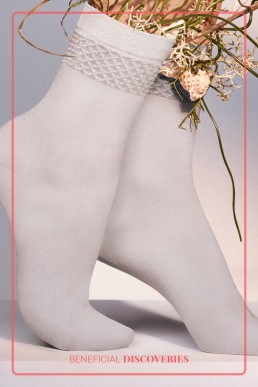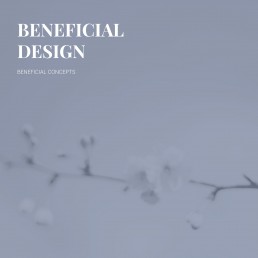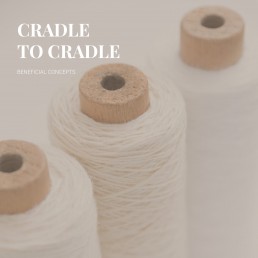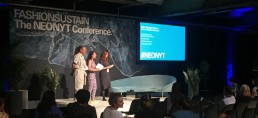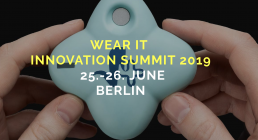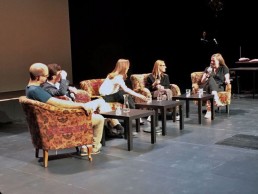Closed Loop System
A "closed loop system" is a system in which products and their components are designed, manufactured, used and handled so that they circulate in society for as long as possible. With maximum ease of use, minimum adverse environmental impact, minimum waste generation and with the most efficient use of water, energy and other resources throughout their life cycle. This includes the recycling of waste into production systems and the reuse or repair of products.
The actual radical change lies in turning away from the conventional, linear production system and transforming the entire fashion system towards a holistic design within recyclable use concepts. If we merely extend the use phase at the end of the use cycle, we will return to the same system that is responsible for our waste.
For this reason, we believe that the potential for a truly positive and healthy future lies in Closed Loop.
KUNERT Blue Strumpfhosen
KUNERT Blue Strumpfhosen
Anschließend an die Cradle to Cradle CertifiedTM #WearTheChange Kollektion by C&A ist das zweite Feature unserer Onlinereihen „Beneficial Discoveries“ der biologisch abbaubaren Strumpfhosenkollektion ‘Blue 90’ von KUNERT .
Mit der ‘Blue 90 Collection’ brachte KUNERT erstmals Strumpfhosen aus einer umweltfreundlichen Nylonalternative auf den Markt, die komplett industriell abbaubar sind und nach dem Gebrauch wieder in den natürlichen biologischen Kreislauf der Erde eingeschleust werden können. Sie bestehen aus 89% Polyamid und 11% Elasthan.
Bereits 2017 brachte Kunert die erste recycelbare Strumpfhosenkollektion namens ‘Blue 50’ auf den Markt, die aus aus ECONYL® gefertigt ist – einer zu 100% regenerierten und regenerativen Faser, die aus Nylon-Abfällen wie Fischernetzen, Textilien, Teppichen und anderen aus den Weltmeeren gesammelten Wertstoffen hergestellt wird. Dank neuester Technologien ist es möglich, die hohe Qualität und Leistung der ECONYL® Garne im technischen Kreislauf beizubehalten.
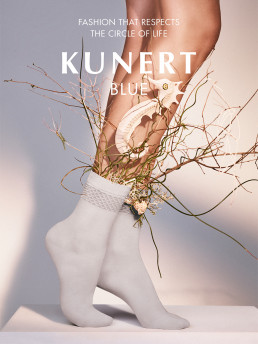
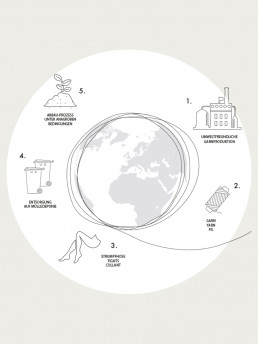
Photos: Kunert
Uns begegnen stets neue nachhaltige und kreislauffähige Konzepte, die zeigen, wie Qualität, Innovation und Schönheit zu einer umweltfreundlicheren sowie ästhetisch und kulturell reichhaltigeren Mode führen können. Mit “Beneficial Discoveries“ stellen wir daher ausgewählte Modedesigner, Marken und Produkte vor, die erste Ansätze für eine bessere Zukunft liefern. Der Showcase ist eine digitale Weiterführung unserer Ausstellung „How to make fashion of the future environmentally sound“, welche Anfang 2020 im Bundesumweltministerium stattgefunden hat.
Beneficial Design
Our concept of "Beneficial Design" describes a holistic design approach that combines innovation, quality and beauty. It follows the principle of closed loops (Closed Loop and Circular Design Systems) - with a positive effect for people and the environment in the sense of the Cradle to Cradle philosophy.
For this purpose, the Beneficial Design Institute combines artistic and scientific theory with practice. We research, develop and test holistic innovation concepts, design fashion, textiles and products from prototypes to series production, advise and design.
Beneficial Design delivers intelligent solutions for unique and strong brands.
Cradle to Cradle
The Cradle to Cradle philosophy is at the heart of the Beneficial Design Institute. It accompanies us in every step of our work - on the conceptual, material, design and operational system level - and follows the principles of innovation, quality and good design. But what does Cradle to Cradle (C2C) stand for? What does it involve and why is it so important for a sustainable development in the fashion industry?
Das Konzept dahinter wurde in den 1990er Jahren von Prof. Michael Braungart (EPEA) und dem Architekten William McDonough (MBDC) entwickelt und verfolgt einen positiven und ganzheitlichen Ansatz von Nachhaltigkeit, der nicht von einer Reduzierung eingesetzter Rohstoffe ausgeht. Dabei lautet die Devise also nicht einen 'weniger schlechten’, sondern idealerweise ‚positiven‘ Einfluss auf die Umwelt auszuüben.
As alluded to in the translation "from cradle to cradle", Cradle to Cradle means that really everything is recycled. Just like in nature, there is no waste, no shortage and no limitations. It is a design concept based on the unlimited reuse of materials, the use of renewable energy and the stimulation of diversity.
As fashion is a driver for change, we are convinced that it can also have a positive effect on people, the environment and economic activity. Combined with the C2C philosophy, it can use its transformative powers and contribute to a long-term and holistic sustainable development.
C&A C2C Certified Kollektion
C&A C2C Certified Kollektion
Das erste Feature unserer Onlinereihen “Beneficial Discoveries” ist der Cradle to Cradle CertifiedTM #WearTheChange Kollektion by C&A .
In 2017 C&A was the first textile retailer in the world to launch Gold Level C2C-certified T-shirts. This means that these are verifiably recyclable and can be recycled into new environmentally friendly products with a positive footprint. The Cradle to CradleTM Products Innovation Institute manages a control system for evaluating continuous product improvement based on five sustainability criteria: Material selection, recycling, renewable energy, responsible use of water and social justice.
Die dargestellten Jeans bestehen aus 99% Baumwolle, 1% Elasthan LYCRA® und sind Cradle to Cradle™ Bronze-zertifiziert; das T-Shirt ist aus 100% Baumwolle und Cradle to Cradle™ Gold-zertifiziert.

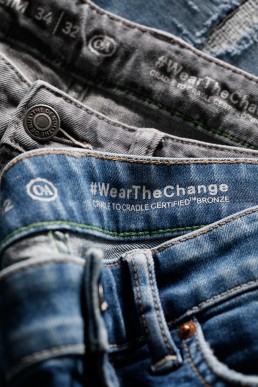
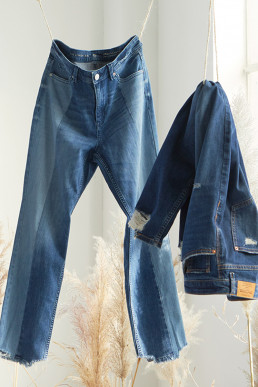
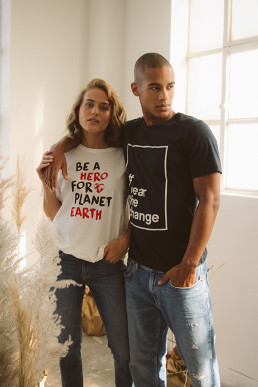
Photos: C&A
Uns begegnen stets neue nachhaltige und kreislauffähige Konzepte, die zeigen, wie Qualität, Innovation und Schönheit zu einer umweltfreundlicheren sowie ästhetisch und kulturell reichhaltigeren Mode führen können. Mit “Beneficial Discoveries“ stellen wir daher ausgewählte Modedesigner, Marken und Produkte vor, die erste Ansätze für eine bessere Zukunft liefern. Der Showcase ist eine digitale Weiterführung unserer Ausstellung „How to make fashion of the future environmentally sound“, welche Anfang 2020 im Bundesumweltministerium stattgefunden hat.
Better Buying Practices – How to Empower Buyers
The international Fashionsustain accompanies as a conference of the Neonyt the Berlin Fashion Week for several seasons and offers a stage for sustainable focal points and issues of the fashion industry. For the Fashion Week Spring Summer 2019, we were invited to present our study on purchasing practices in the fast fashion industry, which was published by the Christian Initiative Romero in the Dossier: Fast Fashion – Eine Bilanz in 3 Teilen .
Under the title Better Buying Practices – How to Empower Buyers , Sarah Maria Schmidt presented the results of the research and the resulting findings and recommendations for action. After the keynote, positive and exciting questions from experts from the audience followed, which once again underlined the importance of the topic of purchasing as one of the most important factors in shaping positive change in the fashion industry.
To download the publication Dossier: Fast Fashion
For information about the Fashionsustain conference
Wear It Innovation Summit
Together with our friends from Fraunhofer IZM we designed and conducted a workshop for this year's Wear It Innovation Summit. In the workshop World Café: Circular Product Design for Wearables ideas and solutions were developed in a collaborative and interdisciplinary way to address the question of what circular product design means in the context of wearable technology and wearable devices. What is needed and what are the special challenges for designing better and more sustainable products in the wearables segment? The Beneficial Design Institute can draw on its special experience in a Wear Sustain funded project, which successfully and innovatively demonstrates approaches for a recyclable wearable device.
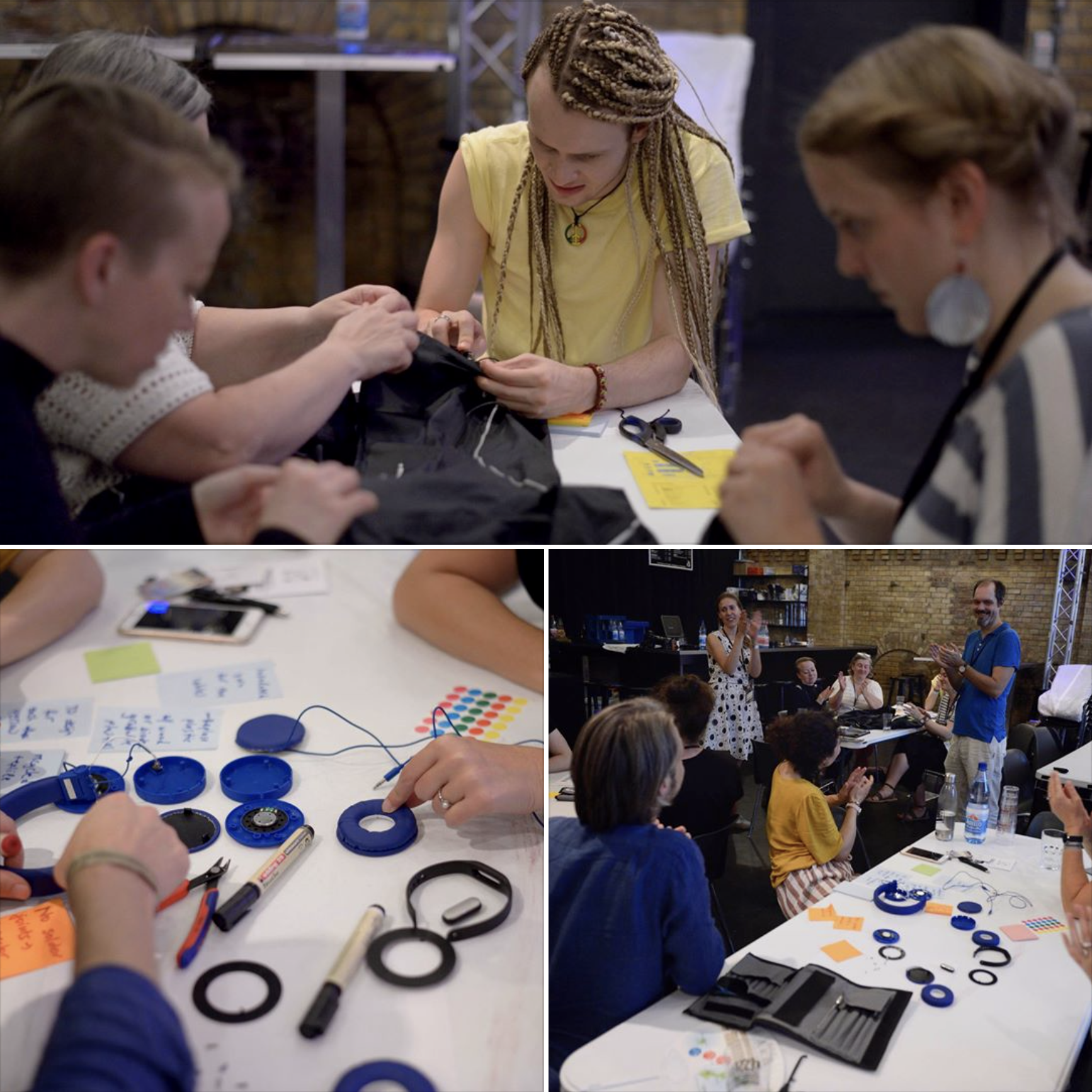
Click here for more information about the workshop
Photos: Wear It Berlin & Michael Wittig
Worth Partnership Project
With the research project OCEANWEAR we could realize a successful kick-off event with our partner Tam-Silk Oy from Finland at the beginning of the month. The project was selected within the WORTH PARTNERSHIP project and supported by a coaching program. The project will be used to test different recyclable yarns for knitting applications for swimwear which are already ready for the market. In this project Beneficial Design Institute is the driver for innovative, qualitative and aesthetic design with an integrated design concept. The aim is to promote healthy and safe materials.
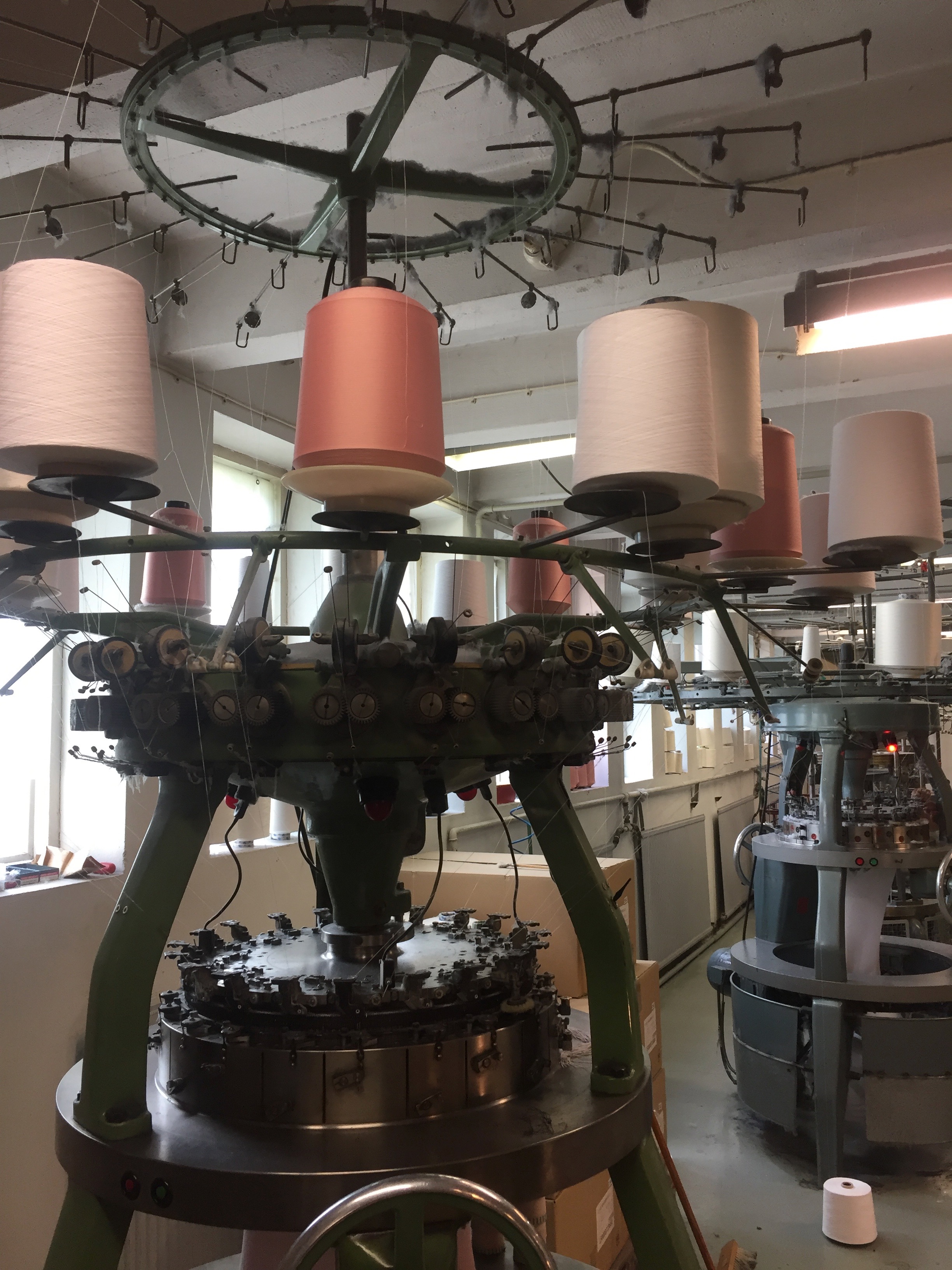
How to get through the fashion season with a clear conscience
Friederike von Wedel-Parlow talks to Diana Hamann-Bula of the St. Galler Tagblatt about the problems of fast fashion consumption and gives recommendations for more sustainable purchasing decisions that bring back the joy of fashion and quality.
Read the full article here.
Utopia and transformation - the future of the fashion industry
Im Rahmen der Fashion Revolution Week wurde Friederike von Wedel-Parlow in diesem Jahr zu einer Diskussionsrunde nach Zürich eingeladen. Das Thema der Diskussion: „Utopie und Wandel – die Zukunft der Modeindustrie“ mit Bastien Girod (Nationalrat Grüne), Nicole Ungureit (Textilfachschule STF Zürich) und Oliver Gross (Outdoorlabel Rotauf).
Das Event wurde organisiert von Fashion Revolution Switzerland und fand inspirierenden Raum im Schauspielhaus Schiffbau. Das Kernthema der spannenden Diskussion war die Frage, was notwendig ist, dass Fair Fashion vom Nischenprodukt auch in den Mainstream ankommen kann. Dabei wurden auch vielversprechende Ansätze diskutiert, um den zahlreichen grundlegenden Probleme der Industrie zu begegnen, von Umweltzerstörung über Ausbeutung der Menschen.
Click here for the Facebook event page


